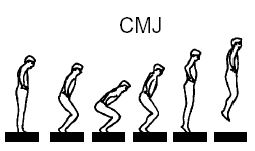
This post idea stems form Tim Gabbett’s research. For those interested in reading more about Tim Gabbett’s work, feel free to check out the link at the bottom of the post.
The roles of general fitness qualities are often debated. To what extent is enough of a general quality is heavily dependent on the specifics of the sport, athlete, and position. For example, it is hard to pinpoint what the exact demands of aerobic capacity are for a football player. Depending on the team the athlete plays for, the position they are, and the amount of workload they handle, it can differ quite a bit. However, this does not diminish from the fact that in a perfect world, assuming no conflicting demands on adaptation and time more is typically better. But, this is never the case. Regardless, the purpose of this post is not to give specific details, instead to highlight the role general qualities work in the grander scheme of development.
Continue reading “General Physical Qualities And Their Role As “Dimmers””










You must be logged in to post a comment.